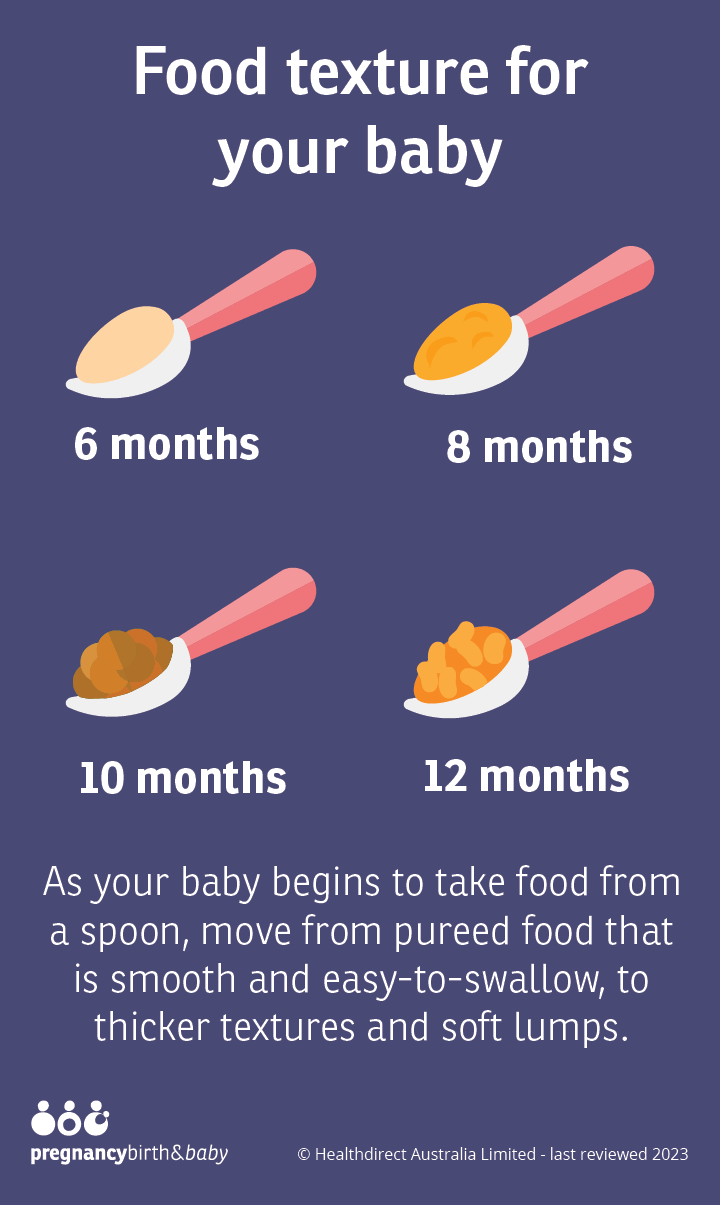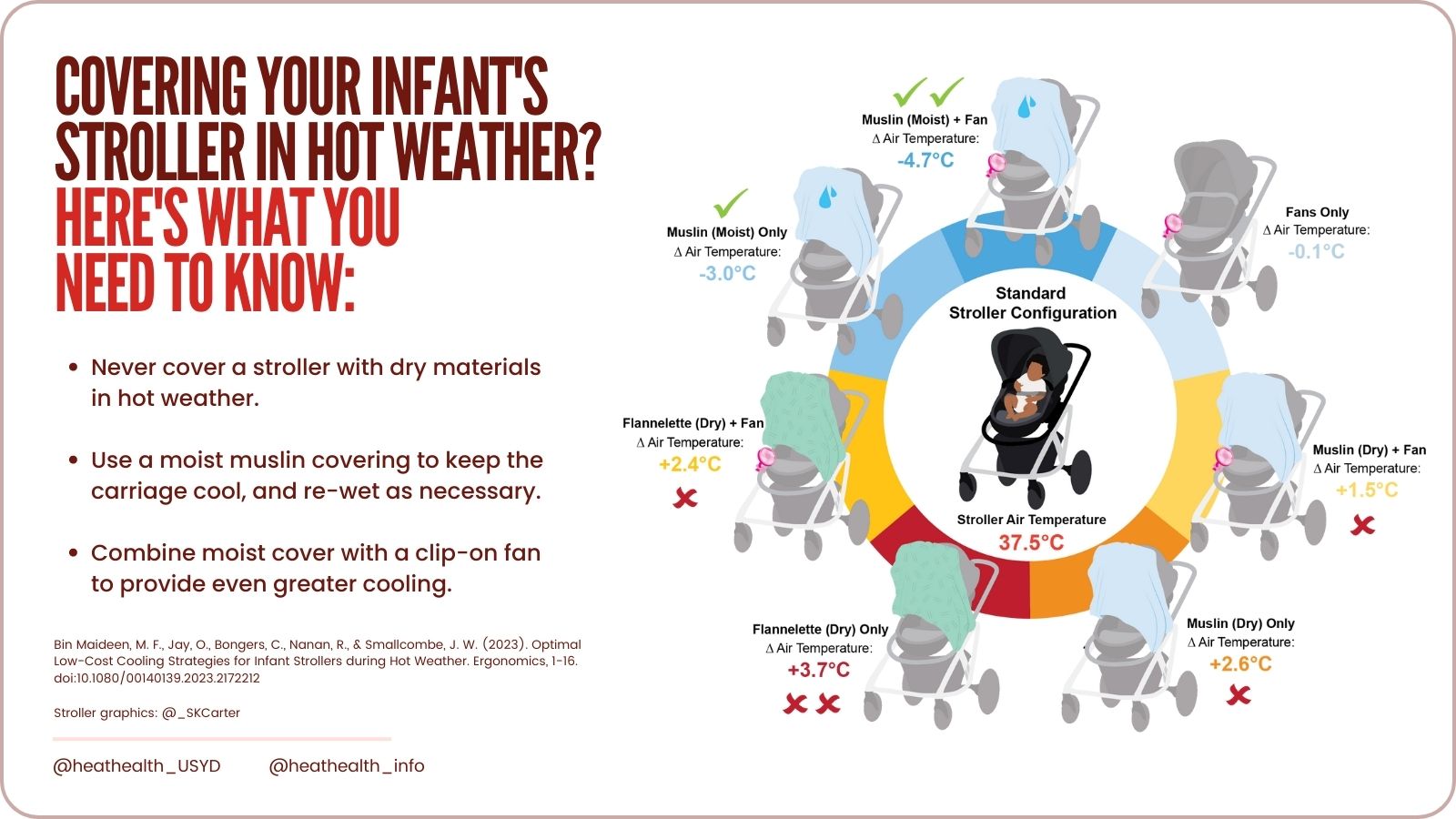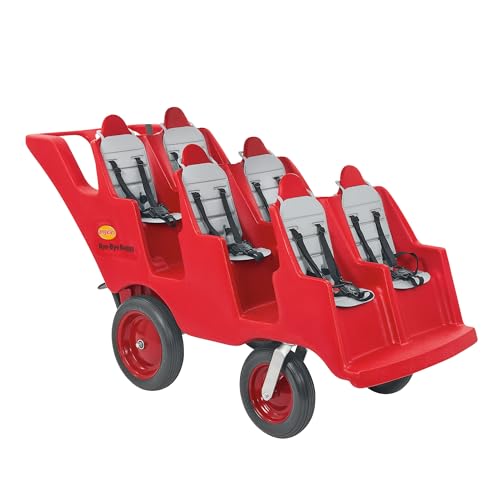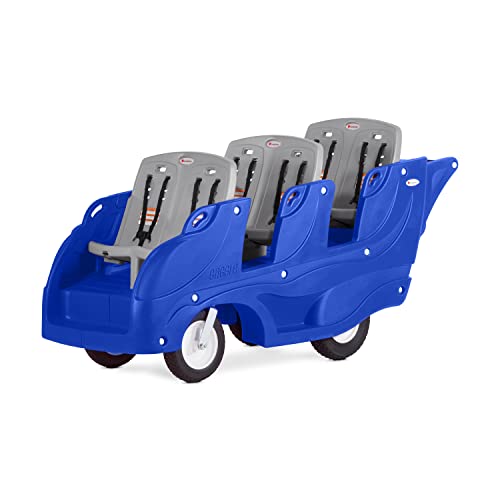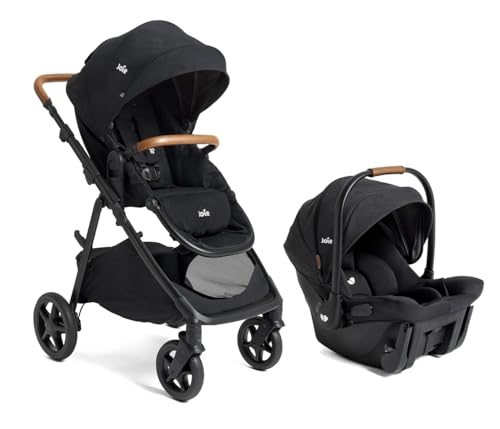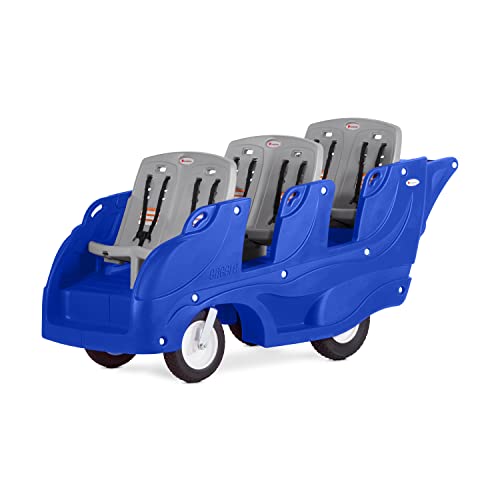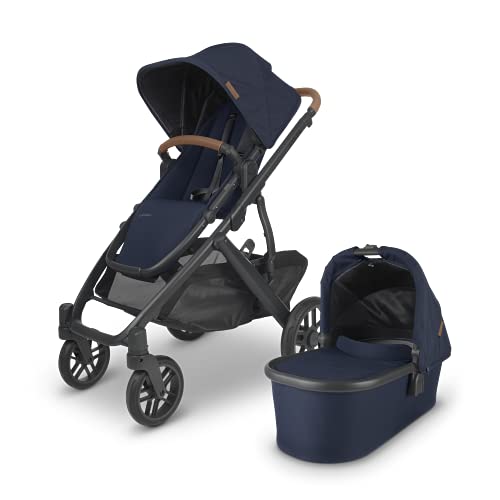Is It Safe to Make Baby Food at Home? Let’s Find Out!
You want the best for your baby, and nothing feels better than knowing exactly what goes into their tiny tummy. Homemade baby food sounds like the perfect way to ensure your little one gets fresh, nutritious meals. But is it truly safe?
Are there hidden risks you might not be aware of? As a parent, your mind is probably spinning with questions: What if I don’t prepare it correctly? What about harmful bacteria or allergens? Don’t worry—you’re not alone in these concerns. We’ll uncover the facts about making baby food at home. We’ll explore the safety measures, common pitfalls, and expert tips to help you feel confident in your decision. Stick with us, and you’ll walk away with the knowledge to make the best choice for your baby’s health and happiness. Ready to dive in? Let’s get started!
Benefits Of Homemade Baby Food
Homemade baby food isn’t just a trend—it’s a thoughtful way to ensure your little one gets fresh, nutritious meals. Many parents are discovering the advantages of whipping up baby food right in their kitchens. But what exactly makes homemade baby food such a great choice for your baby? Let’s dive into some of the standout benefits.
1. Control Over IngredientsWhen you make baby food at home, you decide what goes into it. There are no hidden sugars, preservatives, or additives—just wholesome, fresh ingredients. If your baby is sensitive to certain foods, it’s easy to avoid allergens or adjust recipes to meet their needs.
For example, if your little one prefers sweet potatoes over peas, you can customize their meals without waste. You can also choose organic produce or locally sourced ingredients, giving you peace of mind about food quality. Knowing exactly what you’re feeding your baby can bring you confidence every mealtime.
2. Freshness and FlavorStore-bought baby food often sits on shelves for months, losing nutrients and flavor over time. Homemade baby food, on the other hand, is typically made fresh and served immediately or frozen for short periods. This means your baby gets food that’s closer to its original taste and nutritional value.
Babies are developing their palate during this stage, and offering them fresh, flavorful meals can make a big difference. Would you rather your baby taste bland carrots from a jar or the naturally sweet flavor of freshly steamed carrots you prepared? The choice is yours.
3. Cost-EffectivenessStore-bought baby food can quickly add up, especially when your baby’s appetite starts growing. Making baby food at home is often much cheaper, especially if you buy seasonal fruits and vegetables in bulk.
For instance, a single sweet potato costing less than a dollar can yield several servings of baby food. Compare that to a small jar of store-bought food at three times the price. Over time, those savings can go toward other essentials for your baby.
4. Environmental BenefitsThink about all the packaging that comes with pre-made baby food—plastic tubs, lids, and cardboard boxes. By making your own baby food, you reduce waste and your environmental footprint. Use reusable containers or silicone freezer trays to store your homemade food, and you’ll be helping the planet while feeding your baby.
Even something as simple as skipping those single-use containers can make a meaningful difference. Plus, it’s a great habit to model for your child as they grow up.
5. Encourages Family MealsMaking baby food at home can encourage you to cook more meals for the whole family. You can prepare a batch of roasted vegetables for dinner and save a portion to puree for your baby. This not only saves time but also exposes your baby to the same healthy foods you enjoy.
It’s a chance to introduce your baby to the idea of shared meals and family time. Plus, it’s heartwarming to know that your baby is eating the same nutritious food as everyone at the table.
So, what’s stopping you from giving homemade baby food a try? The benefits are clear: better control, fresher taste, lower costs, and even a positive impact on the environment. Plus, it’s a chance to give your baby a strong start with healthy, flavorful meals you can feel proud of.
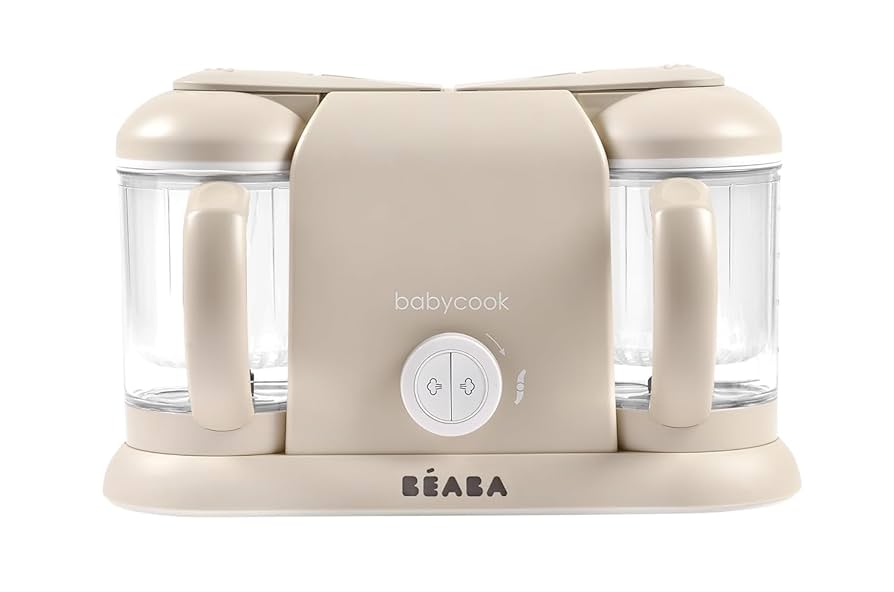
Credit: www.amazon.com
Essential Safety Guidelines
Making baby food at home can be a rewarding experience. You get to control the ingredients, ensure freshness, and tailor the flavors to your baby’s preferences. But is it safe? Absolutely—if you follow essential safety guidelines. Let’s dive into the practical steps you can take to keep homemade baby food safe and healthy for your little one.
1. Wash Everything Thoroughly
Start with clean hands. Always wash your hands before handling baby food ingredients to avoid spreading germs.
Ensure you clean utensils, cutting boards, and countertops with soap and hot water. Even the smallest traces of dirt or bacteria can cause contamination.
Don’t forget to wash fruits and vegetables. Scrub them under running water to remove pesticides, dirt, or harmful residues.
2. Use Fresh Ingredients
Choose fresh produce. Avoid items that look bruised, moldy, or past their prime.
Stick to high-quality ingredients. Fresh meats, fish, and dairy products are essential for safe homemade baby food.
Have you checked expiration dates lately? Always double-check packaging to ensure ingredients haven’t expired.
3. Cook Food To The Right Temperature
Cooking food properly eliminates harmful bacteria. Use a food thermometer to check the internal temperature of meats, poultry, and fish.
For vegetables, steaming or boiling is a safe method. It preserves nutrients while ensuring they’re soft enough for your baby to digest.
Don’t serve food that’s lukewarm. Ensure it’s thoroughly cooked or appropriately chilled, depending on the recipe.
4. Avoid Common Allergens
Introduce new foods slowly. Watch for any signs of allergies like rashes or upset stomachs.
Steer clear of honey for babies under one year—it can carry harmful bacteria.
Skip salt and sugar. Your baby’s developing palate doesn’t need extra seasoning, and it’s healthier to keep things simple.
5. Store Food Safely
Store leftovers in airtight containers. Refrigerate immediately if you’re not serving the food right away.
Label containers with the preparation date. Use refrigerated food within 48 hours to keep it fresh.
If you’re freezing food, divide it into small portions. This makes it easier to thaw only what you need.
6. Keep Your Baby’s Age In Mind
Is your baby ready for solids? Start with simple purees like apples, carrots, or bananas.
As they grow, introduce more variety. Gradually include mixed flavors and textures that suit their developmental stage.
Always consult your pediatrician. They can guide you on what’s safe and age-appropriate for your baby.
Making baby food at home doesn’t have to feel overwhelming. Focus on cleanliness, freshness, and proper storage, and you’ll be giving your little one the best start possible. What safety steps do you already take when preparing food for your baby? Share your tips below!
Choosing The Right Ingredients
When making baby food at home, one of the most important steps is choosing the right ingredients. Your baby’s health and development depend on the quality of the food you prepare. But how do you ensure you’re picking the safest and most nutritious options for your little one?
1. Choose Organic Whenever Possible
Organic fruits and vegetables are grown without harmful pesticides or synthetic fertilizers. These chemicals can linger on produce and might not be safe for your baby’s developing system. If organic isn’t an option, wash conventional produce thoroughly to remove residues.
2. Prioritize Fresh, Seasonal Produce
Fresh, in-season produce often tastes better and retains more nutrients. For example, a ripe summer peach offers natural sweetness and a soft texture that’s perfect for purees. Frozen fruits and veggies can be a good backup, but always check the label for added sugars or preservatives.
3. Avoid High-risk Foods
Some foods are unsafe for babies under one year old. Honey, for instance, can contain spores that lead to botulism. Other foods to avoid include whole nuts, which are choking hazards, and high-sodium items like processed cheese or canned soups.
4. Choose Single-ingredient Foods To Start
When introducing new foods, stick to single-ingredient options like apples, carrots, or sweet potatoes. This makes it easier to identify any food allergies. Once you’re confident a food is safe, you can mix it with others to create flavorful combinations.
5. Be Mindful Of Nitrates In Certain Vegetables
Vegetables like spinach, beets, and carrots can contain natural nitrates. These are usually harmless for adults but may affect a baby’s oxygen levels if consumed in large quantities. Limit these veggies until your baby is older than six months.
6. Check For Ripeness And Quality
Overripe or bruised produce can harbor bacteria, which isn’t safe for babies. Look for firm, brightly colored fruits and vegetables without any soft spots. If you’re unsure, a quick sniff test can often reveal if something has gone bad.
7. Know Your Source
Whenever possible, buy your produce from trusted sources like farmers’ markets or local grocers. You can even ask growers about their farming practices. Knowing where your food comes from gives you peace of mind about its safety and quality.
By taking these steps, you’re not just feeding your baby—you’re building a foundation of healthy eating habits. What ingredient will you try first in your homemade baby food journey?

Credit: www.usatoday.com
Proper Storage Practices
Making baby food at home can be a rewarding way to provide your baby with fresh, nutritious meals. However, the way you store that food is just as important as the ingredients you use. Proper storage practices ensure your baby’s food stays safe, fresh, and free from harmful bacteria.
1. Use Clean Containers
Always store baby food in clean, airtight containers. Glass jars or BPA-free plastic containers with tight lids work well. Make sure to wash them thoroughly with hot, soapy water before every use.
If you’re reusing jars or containers, check for cracks or scratches. These can trap bacteria and compromise the food’s safety. Label each container with the date to track how long it’s been stored.
2. Follow The Two-hour Rule
Don’t let homemade baby food sit out for more than two hours after preparation. Harmful bacteria can grow quickly at room temperature. Refrigerate or freeze the food promptly to keep it safe for your baby.
Do you ever forget to do this while multitasking? Setting a timer as soon as you finish making the food can be a lifesaver. Simple habits like this can make a big difference in keeping your baby’s meals safe.
3. Refrigeration Guidelines
Refrigerate homemade baby food in small portions to avoid waste. Most baby food stays fresh in the fridge for up to 48 hours. Beyond that, it’s better to freeze it.
Place the containers in the coldest part of your fridge, not the door. This keeps the food at a stable temperature and minimizes the risk of spoilage.
4. Freezing Baby Food
Freezing is a great way to extend the life of homemade baby food. Use ice cube trays to freeze small, single-serve portions. Once frozen, transfer the cubes into labeled freezer bags or containers to save space.
Frozen baby food can last up to three months. But when you thaw it, avoid leaving it at room temperature. Thaw in the fridge overnight or use a safe warming method like placing the container in warm water.
5. Avoid Cross-contamination
Always use clean utensils when handling baby food. Never double-dip a spoon, even if you’re tasting it. This simple step prevents bacteria from transferring to your baby’s food.
If your baby doesn’t finish their meal, don’t save leftovers for later. Saliva can introduce bacteria into the food, making it unsafe to store.
6. Trust Your Senses
Before serving stored baby food, check for signs of spoilage. Does it smell sour? Has the color or texture changed? If anything seems off, throw it away.
Your baby’s health is worth more than the cost of wasted food. Trust your instincts—when in doubt, it’s better to be cautious.
Proper storage practices don’t just preserve the quality of your baby’s food; they protect your little one from potential harm. By taking these simple steps, you can confidently serve homemade baby food that’s as safe as it is nutritious.
Avoiding Common Mistakes
Making baby food at home can be a healthy and cost-effective choice. But there are common mistakes parents may unknowingly make during the process. Avoiding these errors ensures the food remains safe and nutritious for your little one. By following simple practices, you can give your child the best start without compromising their health.
1. Choosing Fresh Ingredients
Always select fresh produce for homemade baby food. Avoid vegetables and fruits that are bruised or overripe. These may harbor bacteria or lose nutrients. Wash everything thoroughly before preparing it. This step removes dirt, pesticides, and harmful contaminants.
2. Proper Storage
Store homemade baby food in clean, airtight containers. Use glass jars or BPA-free plastic options. Keep them in the fridge and label them with the preparation date. Discard food stored for more than three days to prevent bacterial growth.
3. Cooking Food Correctly
Cook ingredients until they are soft and easy to puree. Undercooked food may be hard for babies to digest. Overcooking can destroy essential nutrients. Steam or boil instead of frying to retain the maximum nutrients.
4. Avoiding Seasonings
Skip adding salt, sugar, or spices to baby food. Babies don’t need extra seasoning in their meals. Added salt or sugar can harm their kidneys or lead to unhealthy eating habits. Focus on the natural flavors of fruits and vegetables.
5. Blending To The Right Texture
Ensure the food is blended to the right consistency. For younger babies, puree until smooth without lumps. Older babies can have chunkier textures as they develop chewing skills. Always check for choking hazards before serving.
6. Using Clean Utensils
Use clean cutting boards, knives, and blenders for preparation. Cross-contamination can occur if utensils are not sanitized properly. Avoid using the same tools for raw meats and baby food. Wash everything thoroughly after use.
7. Watching For Allergies
Introduce new foods one at a time. Wait a few days before trying another item. This helps you monitor for allergic reactions. Common allergens include nuts, dairy, and wheat. Consult with a pediatrician if unsure about certain foods.
When To Consult A Pediatrician
Making baby food at home can feel rewarding and cost-effective. It allows parents to control ingredients and ensure freshness. But not all babies have the same nutritional needs or sensitivities. Consulting a pediatrician ensures your baby’s diet supports their growth and health.
Pediatricians provide guidance on introducing solids, potential allergens, and portion sizes. They can also identify if your baby has specific dietary restrictions. Below are situations where seeking professional advice is essential.
1. If Your Baby Has Allergies Or Intolerances
Some babies react to common foods like dairy, eggs, or nuts. Symptoms can include rashes, stomach issues, or trouble breathing. A pediatrician can confirm the cause and guide safe food choices. They might suggest avoiding certain ingredients or testing foods in stages.
2. When Your Baby Was Born Prematurely
Premature babies often have unique nutritional needs during their early months. They may require extra calories, specific nutrients, or a delayed introduction to solids. A doctor can recommend the right foods and timing for their development.
3. If Your Baby Has Difficulty Swallowing
Some infants struggle with swallowing due to developmental issues. This can make homemade purees unsafe if not prepared properly. A pediatrician may suggest specific textures or refer you to a feeding specialist. This ensures your baby eats safely.
4. When You’re Unsure About Food Preparation
Homemade baby food must meet safety standards to avoid contamination. This includes proper storage, cooking, and handling of ingredients. If unsure, consult a pediatrician for advice on preparation techniques. They can explain how to reduce risks and ensure food safety.
5. If Your Baby Isn’t Gaining Weight
Some babies may not gain enough weight on a homemade diet. This can occur if portion sizes or nutrients aren’t balanced. A pediatrician can evaluate your baby’s growth and suggest modifications. They may recommend supplementing meals with additional nutrients.

Credit: www.medicalnewstoday.com
Frequently Asked Questions
Is Making Your Own Baby Food Safe?
Making your own baby food is safe if you use fresh, clean ingredients and follow proper food preparation guidelines. Always ensure utensils and surfaces are sanitized. Homemade baby food allows control over nutrients and avoids additives, making it a healthy choice for your baby’s growth and development.
What Baby Foods Should You Not Make At Home?
Avoid making baby foods like spinach, beets, carrots, green beans, and squash at home due to nitrate risks. Homemade foods can also pose safety concerns for honey, unpasteurized dairy, or undercooked meats. Prioritize safe food preparation practices and consult your pediatrician for specific guidelines.
What Are Some Disadvantages Of Homemade Baby Food?
Homemade baby food may lack precise nutrient balance and spoil quickly without proper storage. It can be time-consuming to prepare.
Can You Make Baby Food At Home?
Yes, you can make baby food at home. Use fresh, clean ingredients and ensure proper cooking and blending. Homemade baby food allows you to control nutrition, avoid preservatives, and cater to your baby’s tastes. Always follow safe food preparation practices and consult a pediatrician for dietary recommendations.
Conclusion
Making baby food at home can be safe with proper care. Always use fresh, quality ingredients and clean tools. Cook food thoroughly to eliminate harmful bacteria. Store leftovers properly to maintain safety. Homemade baby food allows control over ingredients and nutrition.
It can also save money and reduce waste. Follow safety guidelines to protect your baby’s health. Consult your pediatrician for personalized advice if needed. Taking small precautions makes homemade baby food a healthy choice. Enjoy the process and give your baby a nutritious start!
